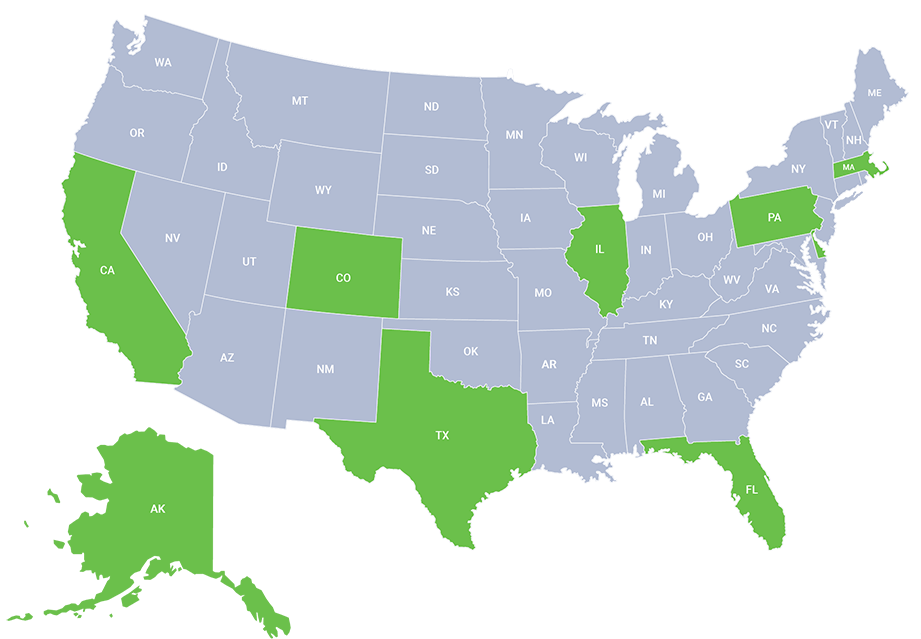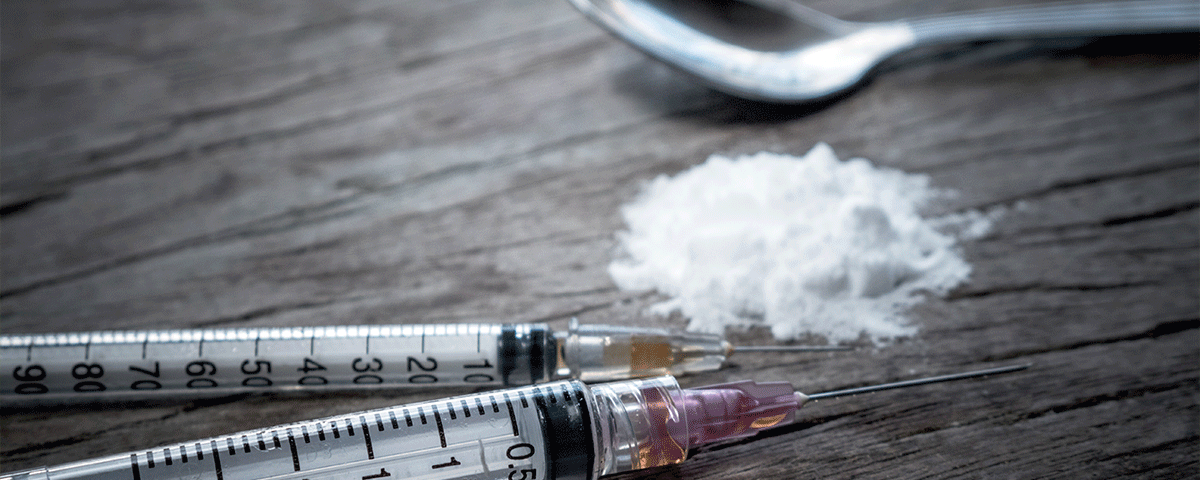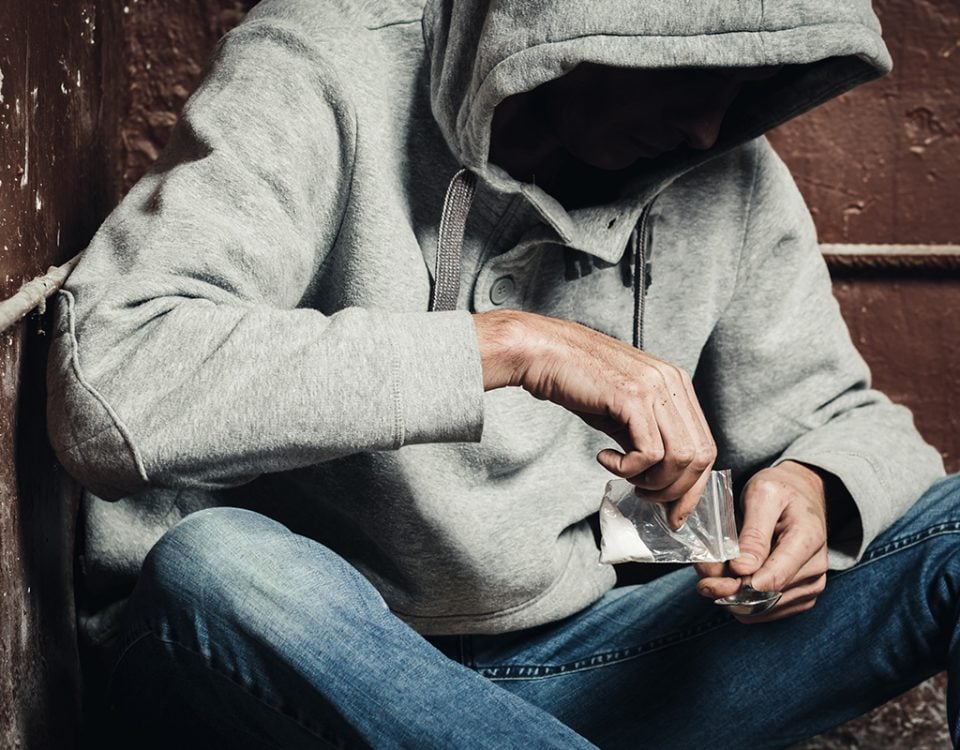While the nation has battled an opioid epidemic filled with drugs like fentanyl, oxycodone, and heroin, there seems to be a new opioid on the street.
Brorphine HCL (hydrochloride) is a potent synthetic opioid that’s been recently encountered as a new substance of abuse as well as one that’s often used in combination with heroin and fentanyl. Synthetic opioids like Brorphine HCL, which lack an approved medical use, exacerbate the opioid crisis. As part of the effort to inform the public about this new threat, our rehab in Boston is sharing more Brorphine effects.
Questions about our Facilities or Programs?
Our admissions coordinators are available 24/7 to answer any questions you may have as you consider whether treatment at Banyan is right for you or your loved one.
What Is Brorphine?
Brorphine HCL is a new synthetic opioid that’s also known as “purple heroin.” It’s become a popular replacement for other opioids like heroin and fentanyl. Not only is it used as a replacement for these drugs, but it’s also combined with them as well as other drugs like OxyContin and carfentanil to create an intense, euphoric high. This new opioid poses an imminent threat to public safety and further contributes to the United States’ drug epidemic that started in the 1990s. The last two ingredients of Brorphine are especially dangerous, as they are hundreds of times more potent than morphine.
Both natural and synthetic opioids are leading to drug overdose deaths in the U.S. If you or someone you know is addicted, get help right away with our IOP in Massachusetts.
When Was Brorphine Invented?
Brorphine was discovered in 2018 when researchers were investigating various opioid compounds in search of safer opioid analgesics that produce fewer respiratory-related symptoms than common prescription opioids. Because a medical use for it has yet to be determined, Brorphine HCL has been sold as a designer drug and referred to as “purple heroin” since mid-2019. While it was supposedly first identified in the U.S., it’s also been found in Belgium. Since its discovery, Brorphine hydrochloride has been linked to seven deaths between June and July 2020 which occurred in Illinois (3), Minnesota (3), and Arizona (1); however, they also identified other drugs in the victims' blood samples, including flualprazolam, fentanyl, and heroin. Between 2019 and 2020, there were 20 reports of brorphine use from Ohio (4), Pennsylvania (1), and Wisconsin (15).1
According to the Drug Enforcement Administration, Brorphine will temporarily be a Schedule I substance from March 1, 2021, until March 1, 2023.1 Opioids of any kind have a high potential for abuse and addiction. The misuse and abuse of drugs like heroin and oxycontin have contributed to the growing rate of drug overdose deaths and opioid use disorders in the nation. If you’re struggling with opioid addiction, get help now with our opioid treatment in Massachusetts.
Getting into treatment is easy with our free insurance verification
"*" indicates required fields
What Does Brorphine Do?
Brorphine works like other opioids by attaching itself to opioid receptors on nerve cells in the brain, spinal cord, gut, and other areas of the body. When this happens, brorphine (opioids) blocks messages of pain sent from the body to the spinal cord and brain. Brorphine also attaches itself to the reward pathway, activating the release of a neurotransmitter known as dopamine. Dopamine signals the neurons in the central nervous system, resulting in a euphoric high.
The side effects of brorphine include:
- Sedation
- Euphoria (when taken in high doses)
- Dizziness
- Confusion
- Nausea and vomiting
- Constipation
- Respiratory depression
Opioid analgesics side effects and those of brorphine are similar, as well as the high they produce. Misuse or abuse of opioids can lead to tolerance, physical dependence, and addiction. Opioid addiction is characterized by an inability to control your use of opioids, which is why it’s considered a disease. People who abuse opioid analgesics, heroin, tramadol, fentanyl, and other synthetic opioids are more likely to abuse brorphine because it produces similar side effects. As with many other illicit drugs, the purity, identity, and quantity of brorphine are uncertain and unpredictable, putting users at high risk of poisoning and opioid overdose.
Long-term opioid abuse is dangerous and can lead to overdose and death. In 2019, an estimated 1.6 million people had an opioid use disorder, and overdose deaths involving prescription opioids more than quadrupled from 1999 to 2016.2 The impact of opioid abuse on the U.S. has been devastating, but we can change that. Call Banyan Massachusetts today at 888-280-4763 if you or someone you know is battling a substance use disorder. Our drug and alcohol treatment in Massachusetts is open to everyone seeking freedom from addiction.
Sources
Related Reading:









